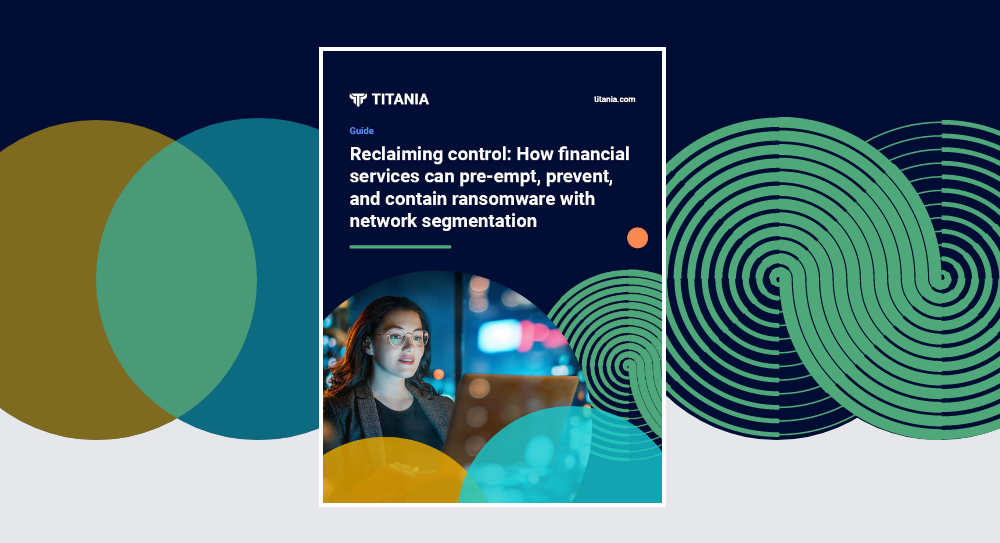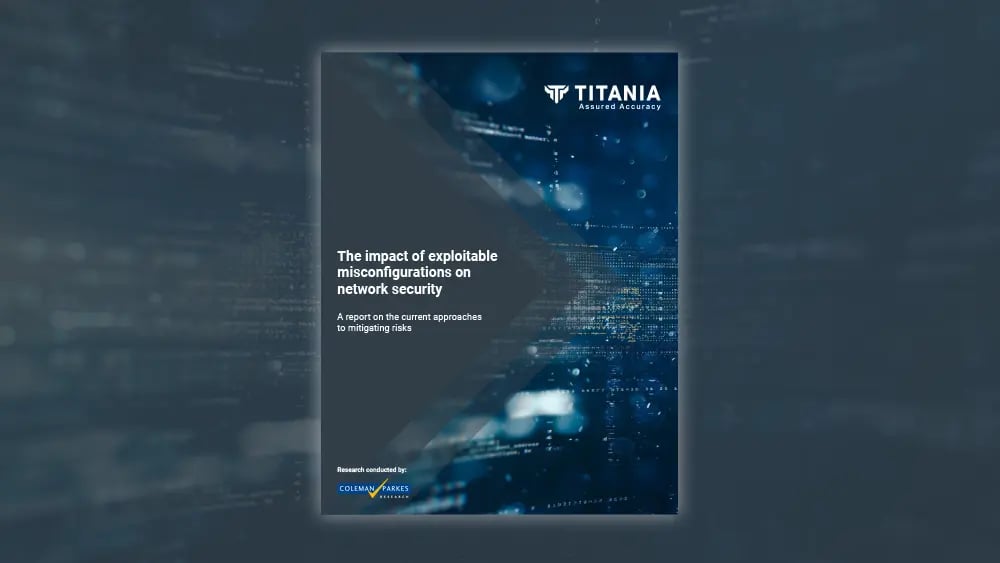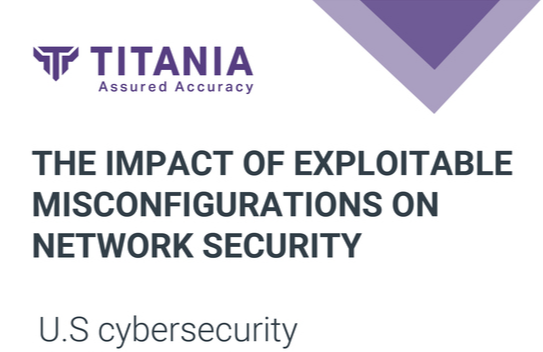Resources
Digital Operational Resilience Act (DORA) Fundamentals
What is DORA?
DORA is a regulatory framework on digital operational resilience with the goal of ensuring all financial entities can withstand, respond to and recover from disruptions and threats to information and communications technology (ICT). It was created in response to the financial sector’s increasing dependence on digital technologies and the rise in complex cyber threats.
The DORA framework addresses a critical gap in European Union (EU) financial regulation. It establishes explicit guidelines for managing ICT risks, testing operational resilience, reporting incidents, and supervising risks associated with third-party ICT providers. The Act became fully enforceable on January 17, 2025, two years after it first came into force.
In November 2024, the European Supervisory Authorities announced that competent authorities have until April 30, 2025 to report their registers of information on contractual arrangements with ICT third-party services.
What is the purpose of DORA?
The core aim of the European DORA regulation is to prevent and mitigate cyber threats that result in disruption or loss of systems, services and data. Prior to the introduction of DORA, while the EU financial sector was regulated by a Single Rulebook, provisions for digital operational resilience and ICT security were not fully or consistently harmonized. This regulation upgrades and consolidates ICT risk requirements as part of the operational risk requirements that were, before this regulation, addressed in various Union legal acts.
This regulation remedies inconsistencies in prior legal acts and acknowledges that cyber incidents, combined with a lack of operational resilience, can jeopardise the security of financial entities.
DORA provides specific criteria and instructions for financial organizations to manage cyber risks. Organizations need to establish robust measures and controls on their systems and tools and ensure their third-party ICT providers are contractually obligated to do the same. They must also have sufficient continuity plans in place and test their effectiveness continuously.
The Act aims to ensure these organizations can withstand, respond and recover from cyber incidents, continue operations and minimize disruptions for customers and the financial system.
Who Needs to Comply with DORA?
Financial Institutions
The reach of DORA requirements is broad and impacts all financial institutions that access or operate within the EU. This includes, but is not limited to, credit institutions, payment institutions, investment companies, management companies, data reporting service providers and insurance.
The regulation includes financial sector organizations that were previously not subject to such comprehensive regulations for information security or operational resilience. This includes crypto service providers, crowdfunding services and cloud service providers.
Third-party ICT Service Providers
Third-party ICT service providers are also in scope for DORA. These are organizations that provide software, hardware or data services to an EU regulated financial institution.
Critical third-party providers (CTTPs) are designated as systemically important to EU financial services. Though not directly regulated, CTTPs are subject to oversight by Lead Overseers.
The 5 Pillars of DORA Compliance
DORA regulation measures are designed to ensure organizations can withstand ICT related disruptions and cyber threats.
The implementation measures are divided into five core areas:
ICT risk management
There are set requirements in the risk management framework for setting up and maintaining resilient systems and tools, continually identifying risks, business continuity policies and incident response.
Incident reporting
This includes processes for monitoring and logging incidents and ensuring they are reported to the relevant authorities via an established procedure. Incident reports must also be submitted to users and customers.
Operational resilience testing
This includes periodic testing for preparedness, promptly mitigating weaknesses and carrying out threat led penetration testing to address higher levels of risk exposure.
Third-party risk management
Organizations are required to maintain strong contracts with their third-party ICT providers, which ensures they adopt high standards of security and operational resilience. Contracts must be reviewed periodically, and any digital security risks must be documented.
Information sharing
Guidelines encourage collaboration with other financial institutions to raise awareness of risks and support detection, mitigation or response and recovery strategies.
Why DORA Matters to Financial Institutions
DORA recognizes that the impact of ICT cyber incidents is far reaching for organizations, and every potential weakness should be treated as a serious risk. Ensuring digital operational resilience should be a priority for all financial entities. Even minor incidents can begin to erode trust in the brand, and as customers share their dissatisfaction, this damage to brand reputation is amplified.
In addition to the risk of fines and legal penalties, loss of revenue because of cyber incidents is a major cause for concern, particularly when they cause system downtime. There are the costs of recovery to consider too, as restoring operations often requires IT expertise and urgent repairs. These disruptions to employees and customer interactions can result in missed business opportunities.
Maintaining a robust, resilient ICT infrastructure is critical for safeguarding the network and ensuring secure operations. DORA encourages financial institutions to go beyond avoiding cyber risks and instead proactively building resilience against them.

The NIS 2 Directive and DORA
Both DORA and the Network and Information Security Directive (NIS 2) are aimed at strengthening cyber security and digital resilience. While DORA is focused on the financial sector, the NIS 2 Directive applies to organizations in 18 critical sectors, including energy, healthcare and transport.
Article 4 of NIS 2 indicates that where sector-specific EU legal acts have requirements that are at least equivalent to NIS 2 obligations, then relevant NIS 2 Directive provisions do not apply to those organizations.
DORA is a sector-specific EU legal act for the purposes of Article 4 of the NIS 2 Directive. Therefore, the provisions of DORA, relating to ICT risk management, management of ICT-related incidents, major ICT-related incident reporting, digital operational resilience testing, information-sharing arrangements and ICT third-party risk, are to be applied instead of those provided for in the NIS 2 Directive.
How to Achieve DORA Compliance
Titania’s Nipper Resilience supports financial entities and third-party providers to meet their DORA obligations.
Nipper Resilience identifies configuration drift and Known Exploited Vulnerabilities (KEVs) in near real-time and prioritizes vulnerabilities according to risk exposure, using industry specific attack vector analysis to help ensure organizations address their most critical issues first. The solution can also identify potential indicators of compromise, in real time, and can be utilized to forensically analyze current and historic attack surface postures to inform focus and scope of incident response.
By implementing rigorous assessment practices and evaluating risk exposure with Nipper Resilience, organizations can protect their networks against evolving threats and ensure their digital operational resilience.
Explore Related Resources

How financial services can pre-empt, prevent and contain ransomware with network segmentation
Learn how financial services can prevent and contain ransomware with network segmentation strategies to ensure resilience

The financial impact of exploitable misconfigurations on network security
Find out why there is a disconnect between network security perception and the costly reality, and just how much firewalls are prioritized over switches and routers.

Impact of exploitable misconfigurations on network security
Infographic sharing the key highlights from independent study into the impact of exploitable misconfigurations on network security.